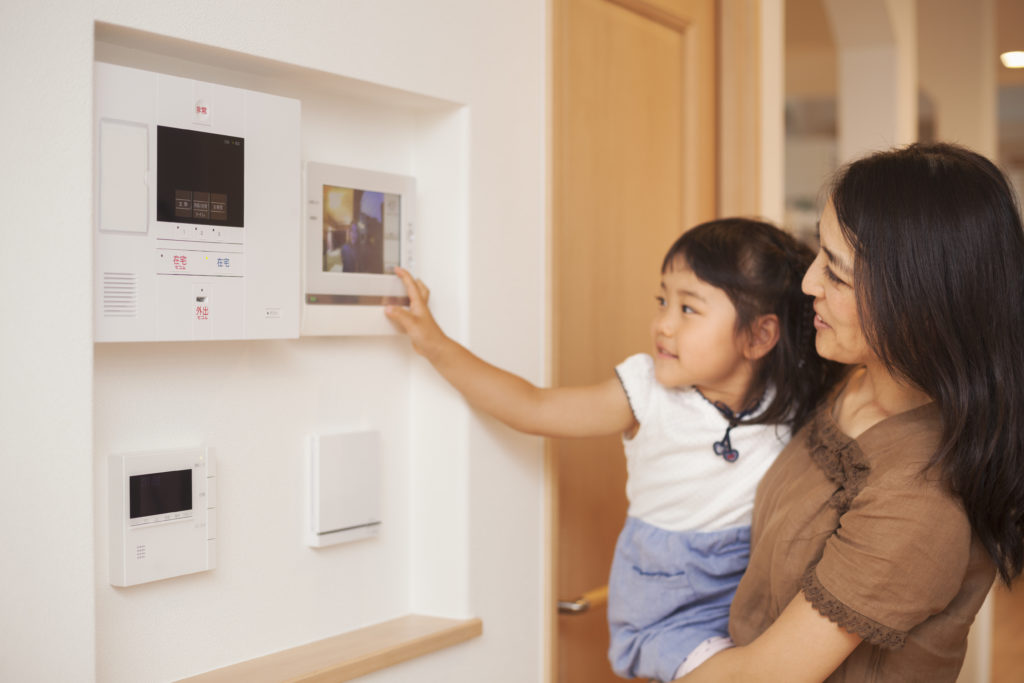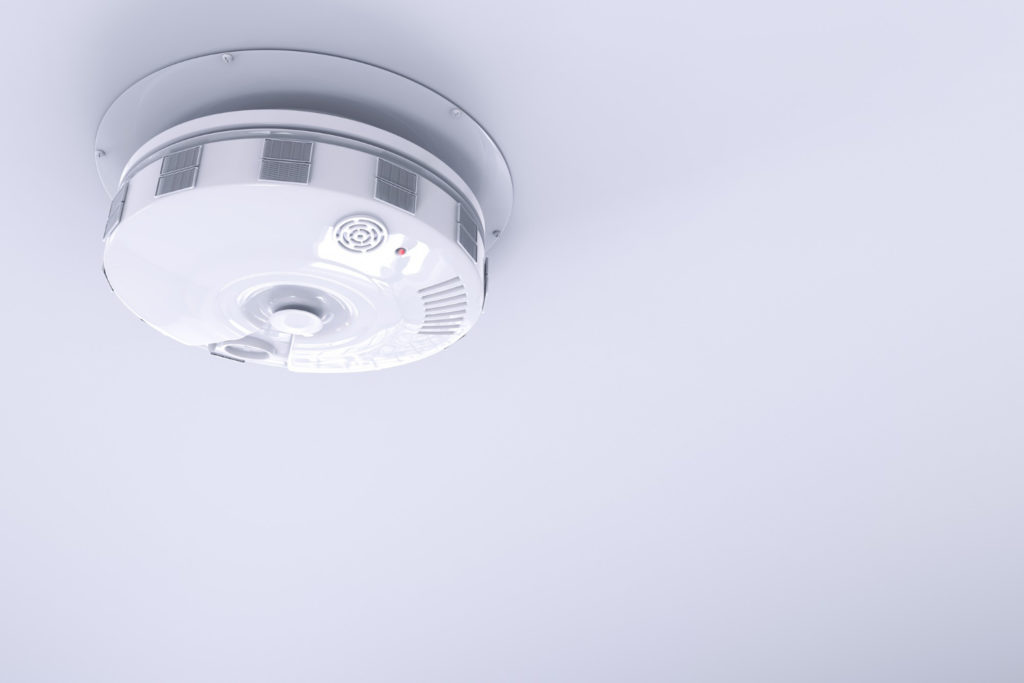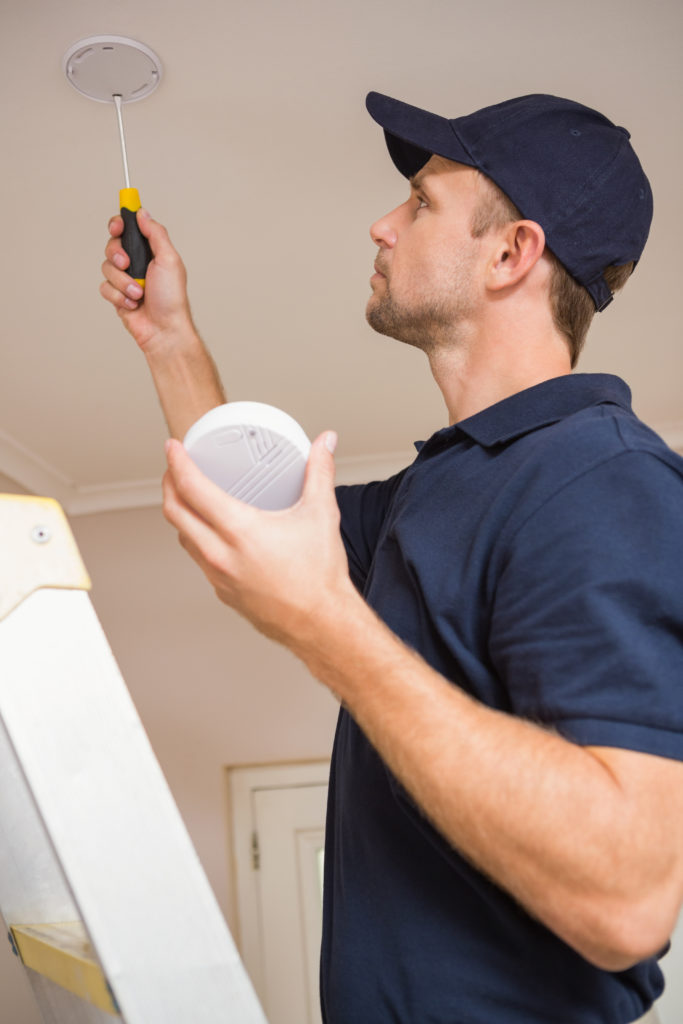
Blog
Why Home Security is Important for Your Family
If you’re wondering “why is home security so important?” consider these numbers that show exactly why to buy a home security system.
Smarterhome.org may earn a commission when you click on our affiliate links and this may impact the placement of listings. Learn more.

Verified
*Requires 36-month monitoring contract. Early termination and installation fees apply. New customers only. Full Terms.
If you are here, you already realize the silent and deadly danger that carbon monoxide presents, and you need to know how best to protect your home and family. Carbon monoxide fumes can be present anytime, but wintertime is when they strike the most.
According to the Centers for Disease Control and Prevention (CDC), over 20,000 people visit the emergency room because of carbon monoxide poisoning, and 400 unsuspecting people die each year. These deaths are preventable. So preventable, in fact, many states are now adopting legislation that mandates the use of carbon monoxide detectors.

It’s important to purchase carbon monoxide detectors that fit your lifestyle and expectations. Some require more maintenance, while others allow you to set-it-and-forget-it.
These detectors are efficient in that you can install them anywhere within minutes. No wiring is required. There are two types of battery-powered detectors: a 10-year, sealed, lithium battery alarm and nine-volt or “AA” battery alarms. The major difference between the two types is the length of battery life. Carbon monoxide alarms don’t last forever, and it’s recommended you replace them every 10 years. So, while a nine-volt or “AA” battery will last you about six months before the batteries need to be replaced, the 10-year lithium battery will last until it’s time to get a new detector.
As the name implies, plug-in alarms are powered with an AC outlet in your home. They also have a battery backup in the event of a power system failure so that you remain protected.
You can typically find hard-wired CO detectors in new or newly remodeled homes. They require special wiring and are a permanent fixture, requiring little to no maintenance, just replacement when they reach their end-of-life stage.
You can also purchase a combination alarm that combines smoke and carbon monoxide detectors in conventional or Internet-ready models. These use ionization and/or photoelectric technologies to monitor for smoke and carbon monoxide. Some are Wi-Fi ready while others need additional equipment to connect these combination devices to the Internet.
Interconnected devices work within your home security system by cables or via Wi-Fi. They are wired within the framework of other alarm systems, such as a theft prevention system and fire sensors. When one detector alarm sounds, it automatically triggers all interconnected devices to sound as well. We recommend these devices to those interested in a smart home or home security system, since they’re typically available in their package or as an add-on.
Most individual states in the United States have adopted laws governing the use of carbon monoxide detectors. You can check the statutes of your state to make sure that you comply with the new regulations. Homes are not the only places that these detectors are required. Any structure that has a fossil-fuel burning furnace, motor, or enclosed garages is subject. Some good places to start are:
This is not a complete list, but it gives you a good starting point. Think about how many places you may have these silent, deadly fumes.
Carbon monoxide sensors are not the same as smoke detectors. They are both built to sense distinctly different hazards. Smoke is lighter than air, so it rises, but carbon monoxide is different. It is lighter than air, but its molecules are denser, giving it the ability to mix with air at lower levels. While there are different opinions about the “best” place to install your detectors, a rule of thumb is:
There are instances where it’s not the best practice to install a carbon monoxide alarm. These places could potentially send off false-positive signals such as:
These should answer your question about “how many carbon monoxide detectors do I need?” If you’d like to learn more about home security systems that include carbon monoxide monitoring, please visit our top picks page.

Blog

Blog

Blog
Freelance Editor for SmarterHome
Deborah is an American freelance writer living in Chelem, Yucatan, Mexico, who specializes in business, marketing, and career writing.
Smarter Home was created to help you make an informed decision when choosing a home security system.
Powered by Soleo Communications, Inc. 2025. All rights reserved.
Requires 36-month monitoring contract starting at $38.99/mo. without QSP (24-month monitoring contract in California, total fees from $935.76) and minimum installation amount of $599 for professionally installed systems OR month-to-month monitoring contract for ADT Self Setup systems starting at $24.99 without QSP (one month minimum) and minimum purchase amount of $194.98. Professional monitoring required for ADT to notify emergency contacts or services on your behalf. Service and installation charges vary depending on system configuration, equipment and services selected. For reactivations of professionally installed systems, a $99 test and inspect fee applies . Upon early termination by Customer, ADT may charge 75% of the monthly service charges due for the balance of the initial contract term. Quality Service Plan (QSP) is ADT’s Extended Limited Warranty and is available for additional fee. Additional charges may apply in areas that require guard response service for municipal alarm verification. Professionally installed system remains property of ADT. Local permit fees may be required. Prices and offers subject to change and may vary by market. Additional taxes and fees may apply. Satisfactory credit required. A security deposit may be required. Simulated screen images and photos are for illustrative purposes only. For Self-Setup Systems, cancel by calling 888-392-2039 or by following the instructions in your order confirmation email. To avoid contract termination charges, cancellation must occur no later than 30 days after the contract date. Contract termination charges may be applied for cancellation after the initial 30-day period. Equipment must be fully removed and returned before a refund will be processed. Any shipping costs previously paid are non-refundable. Google and Nest Doorbell are trademarks of Google LLC. Some features, including mobile notifications, remote control, video streaming and video recording, require working internet and Wi-Fi. Minimum OS requirements are available at g.co/home/req. iOS is a trademark of Cisco and is used under license. Google Nest products and services featured are designed to make life easier and to build a helpful home and were not designed specifically for life-sustaining or safety-critical use cases. These products and services are compatible with the ADT Self Setup System, and depend upon working internet, Wi-Fi, and, in some cases, the service availability from ADT and/or Google. To learn more, please visit http://g.co/nest/TOS.
Money-back guarantee only applies after ADT has made attempts to resolve a system-related issue and has not been able to resolve that issue within the first six (6) months of your original activation. ADT Money-Back Guarantee is not transferable. Equipment must be returned before a refund will be processed. Conditions preventing normal system operation cannot be caused by the customer. For professionally installed systems only.
Customer may receive reimbursement of up to five hundred dollars ($500) of Customer’s homeowner’s insurance deductible (if any) if, and only if, ALL requirements for Theft Protection Guarantee are met to ADT’s reasonable satisfaction. Customer must request reimbursement within 60 days of property loss. Request must be mailed to ADT and include: Theft Protection Guarantee certificate signed by Customer, a letter from Customer requesting reimbursement, a copy of the police report, and a copy of the accepted insurance claim. ADT reserves the right to reject any application for reimbursement that does not comply with all of the requirements. For professionally installed systems only.